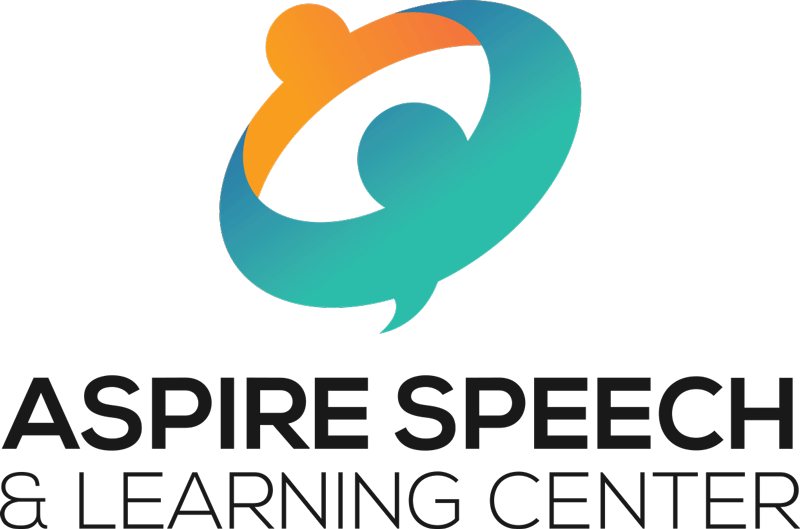Is your child reaching that two-year-old age and still not talking? Or maybe you want to get a head start on communicating with your child but do not know where to begin. Sign language may be a great place to start.
Babies can start learning sign language around 6 months of age. By teaching sign language, your child can communicate their wants and needs instead of crying.
While you can sit and wait for your child to imitate you, this can often become very frustrating for you and your child. Teaching them signs allows you to show them what you want them to do using a hand-over-hand prompt technique.
First, you use your hands to show their hands what to do. When you do a hand-over-hand prompt, immediately give them what they want and praise them. Also, say the word that matches the sign when you and your child are using the sign. This allows them to understand the word and models the word for later use. Perform hand-over-hand prompting a few times, then wait to see if they are able to do the sign on their own. If they can, get very excited and give praise!
Still having trouble? Sometimes a partial prompt is needed. This might include only partially moving their hands or just modeling/demonstrating the sign with your own hands. It may take multiple tries, but do not give up!
One of the best signs to teach your child first is the sign “more”, followed by the signs “help”, “eat”, “drink”, and “all done.” These signs are a great place to start, allowing for functional communication, or communication that focuses on their wants and needs versus naming. A step further would be signs that communicate how they feel. This can include if they are hurt, hot, or cold. After learning the signs for communicating basic needs, signs that include nouns, adjectives, and verbs follow.
Research has shown that learning sign language does not hinder children from using their voice to talk. On the contrary, it actually encourages it by teaching the word’s meaning and showing kids that communication allows easier access to things they want.

